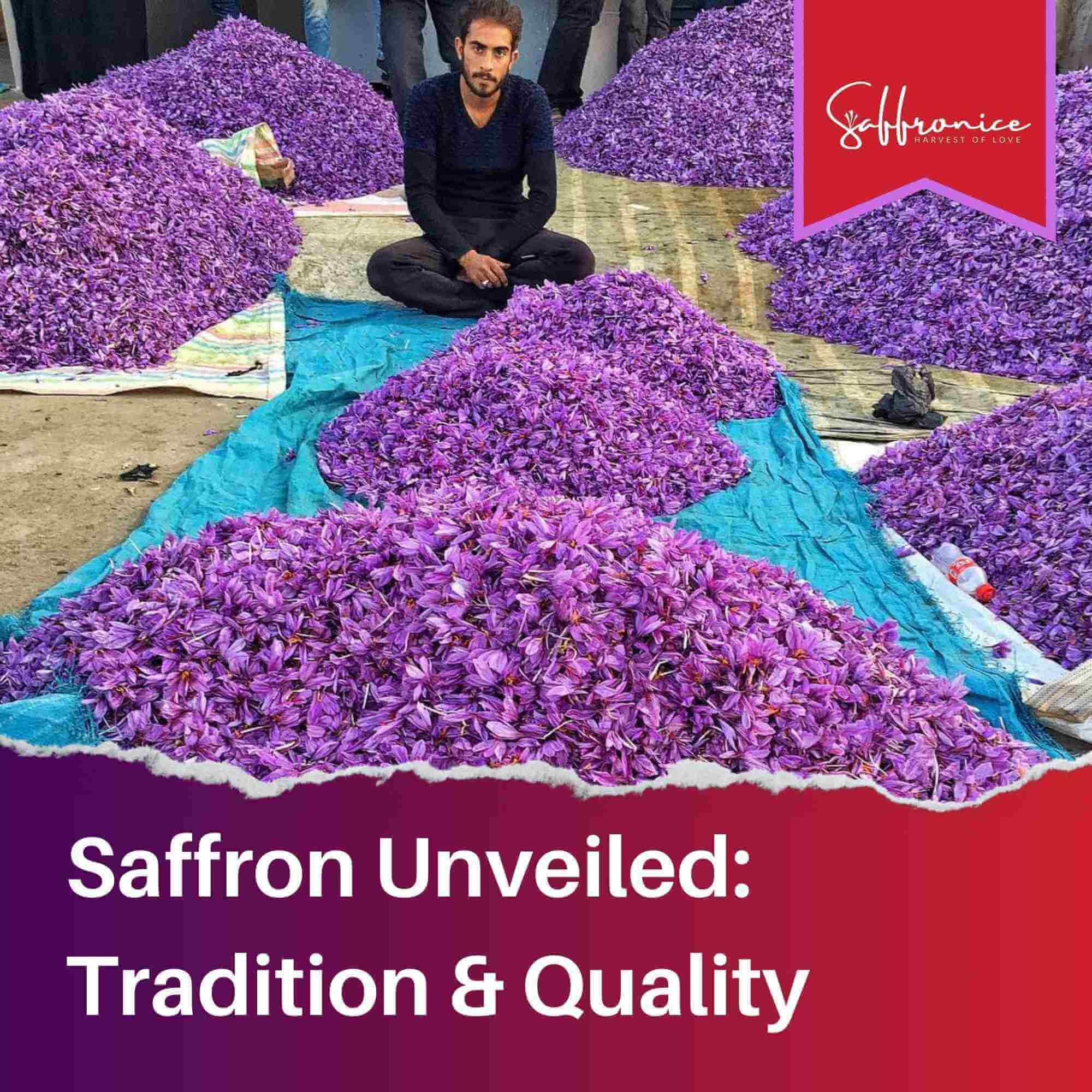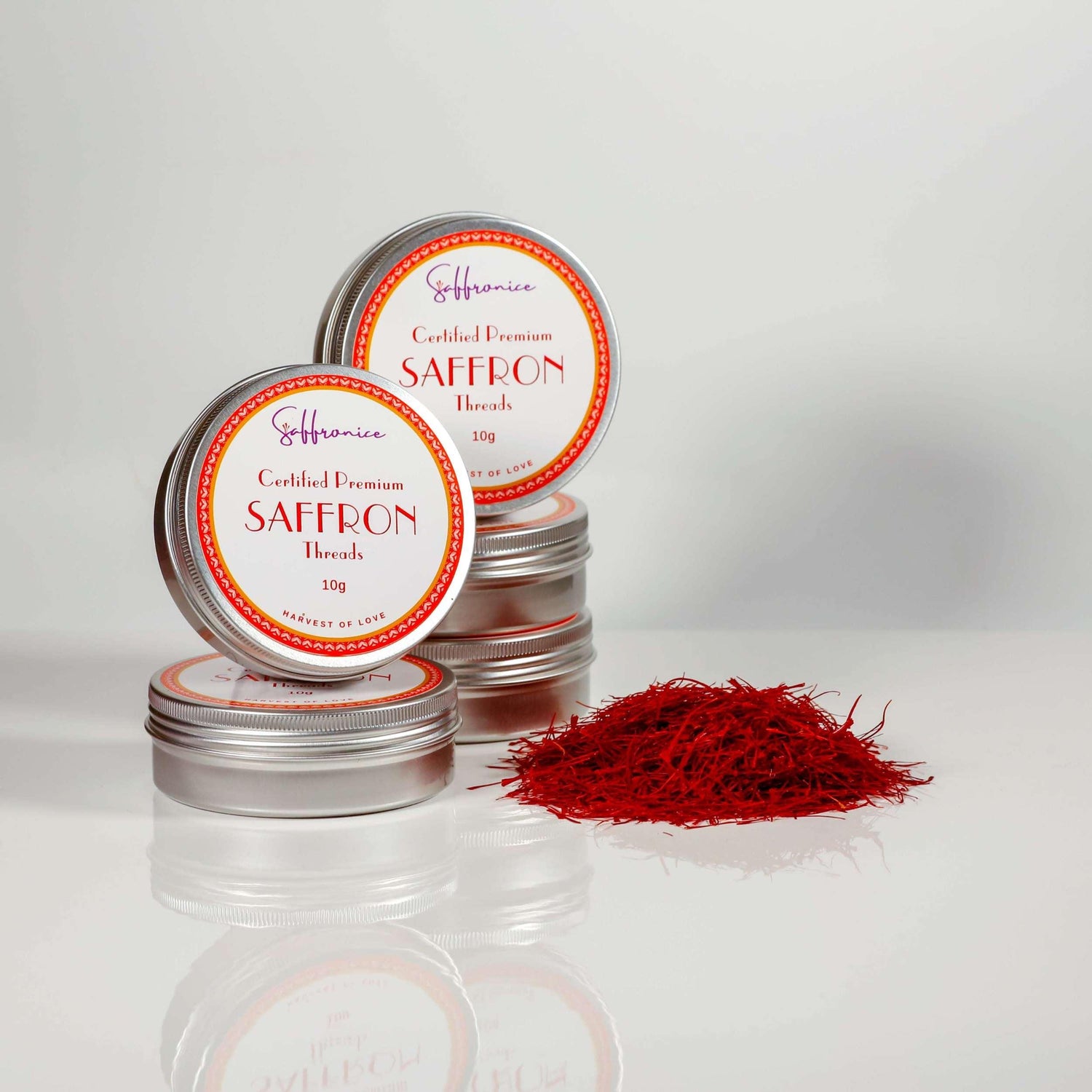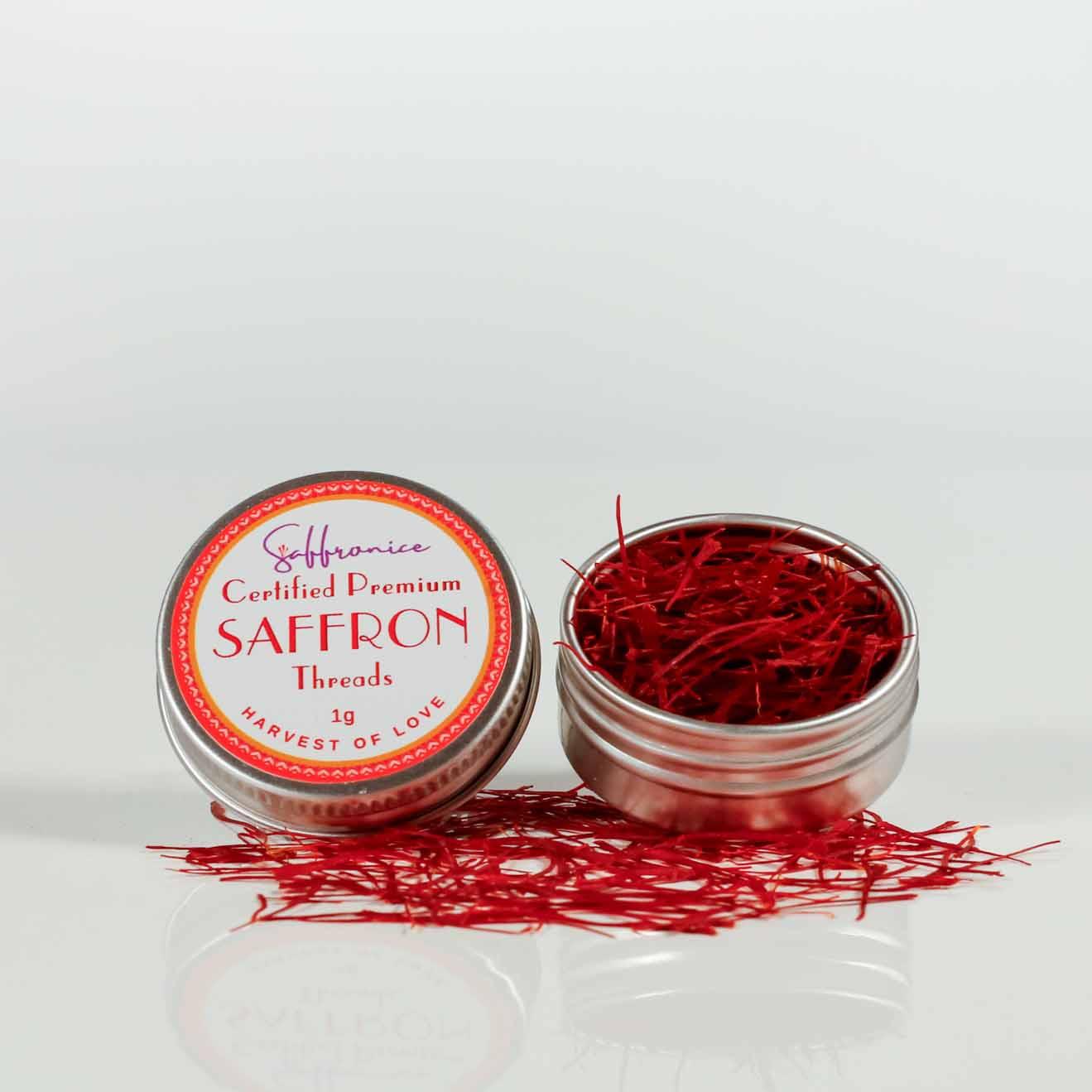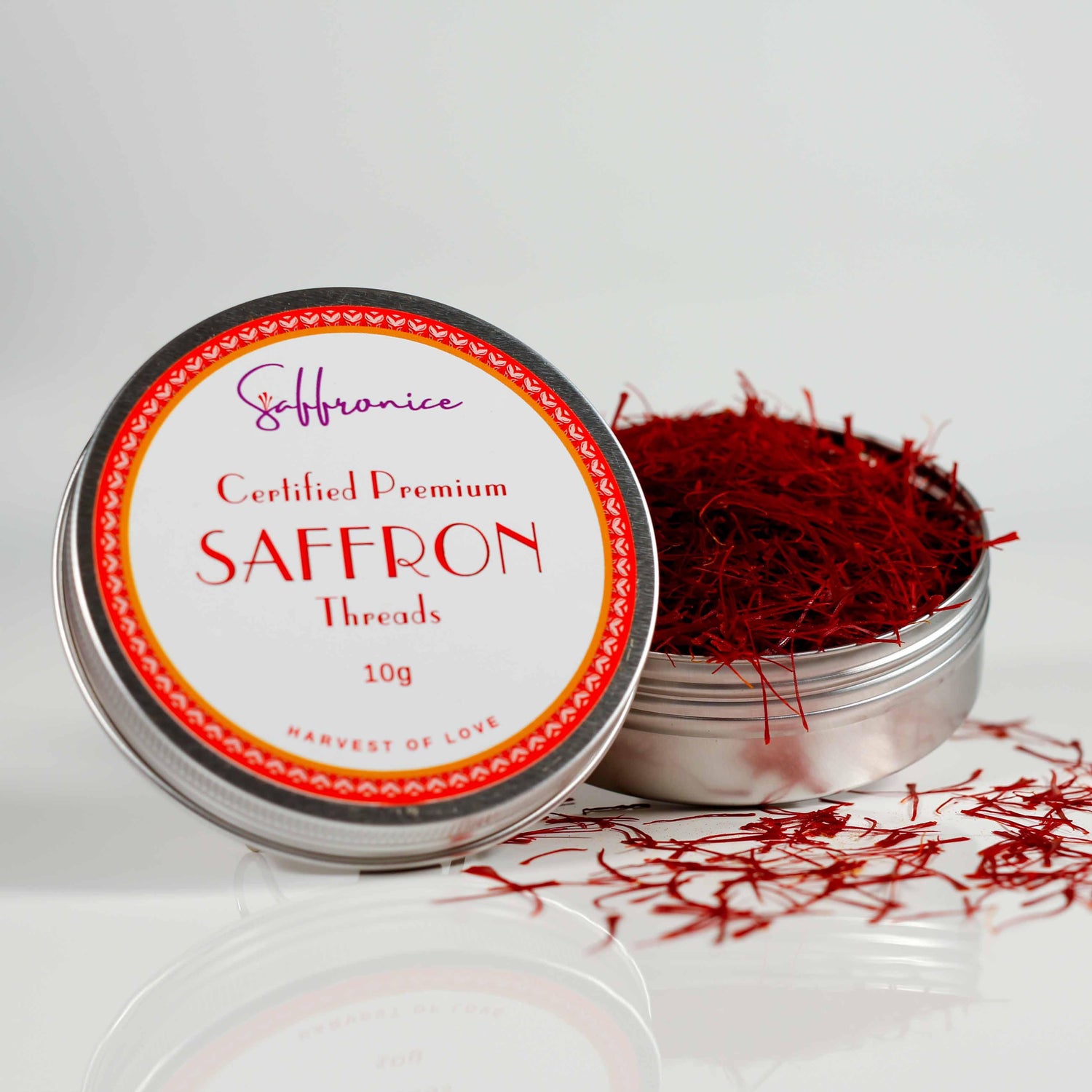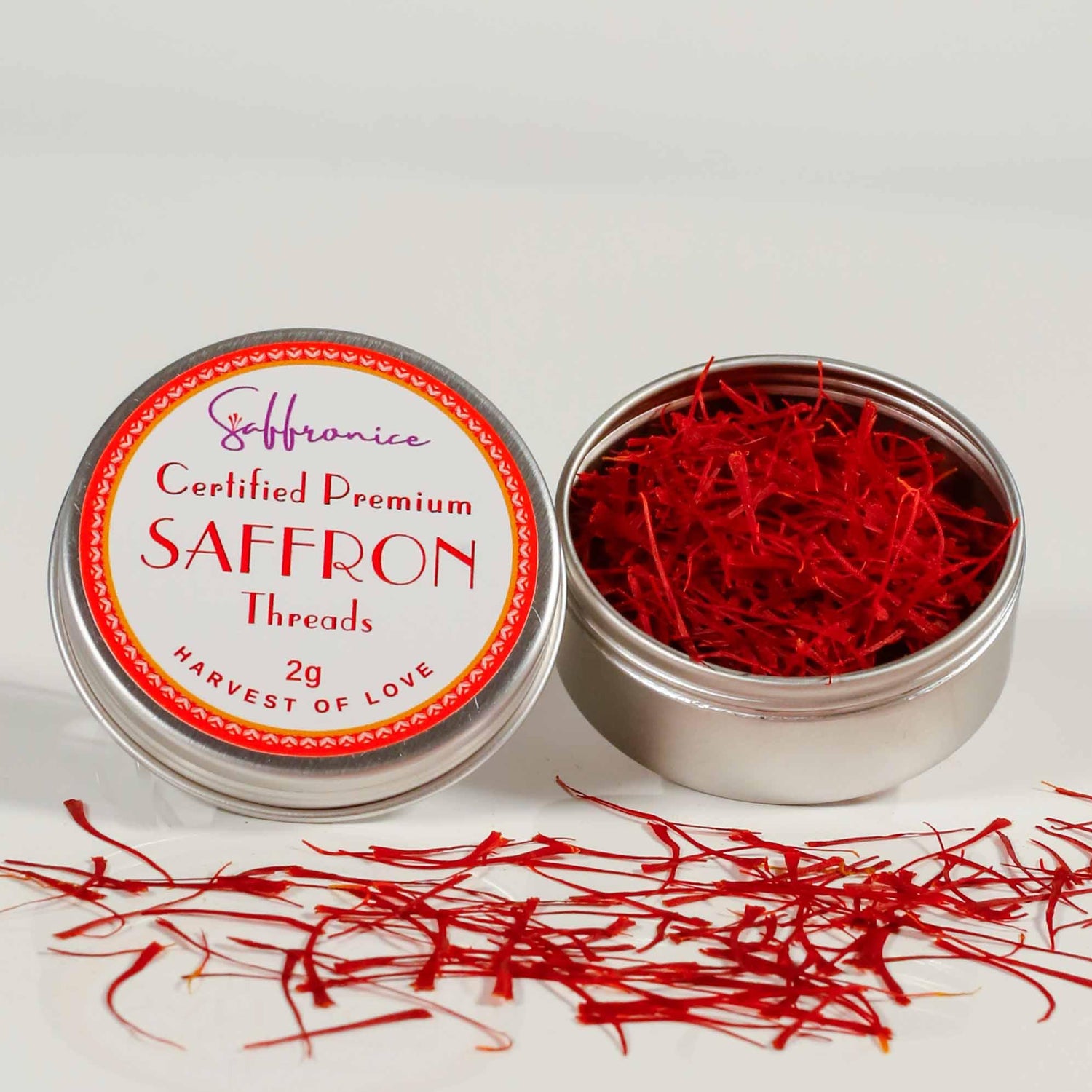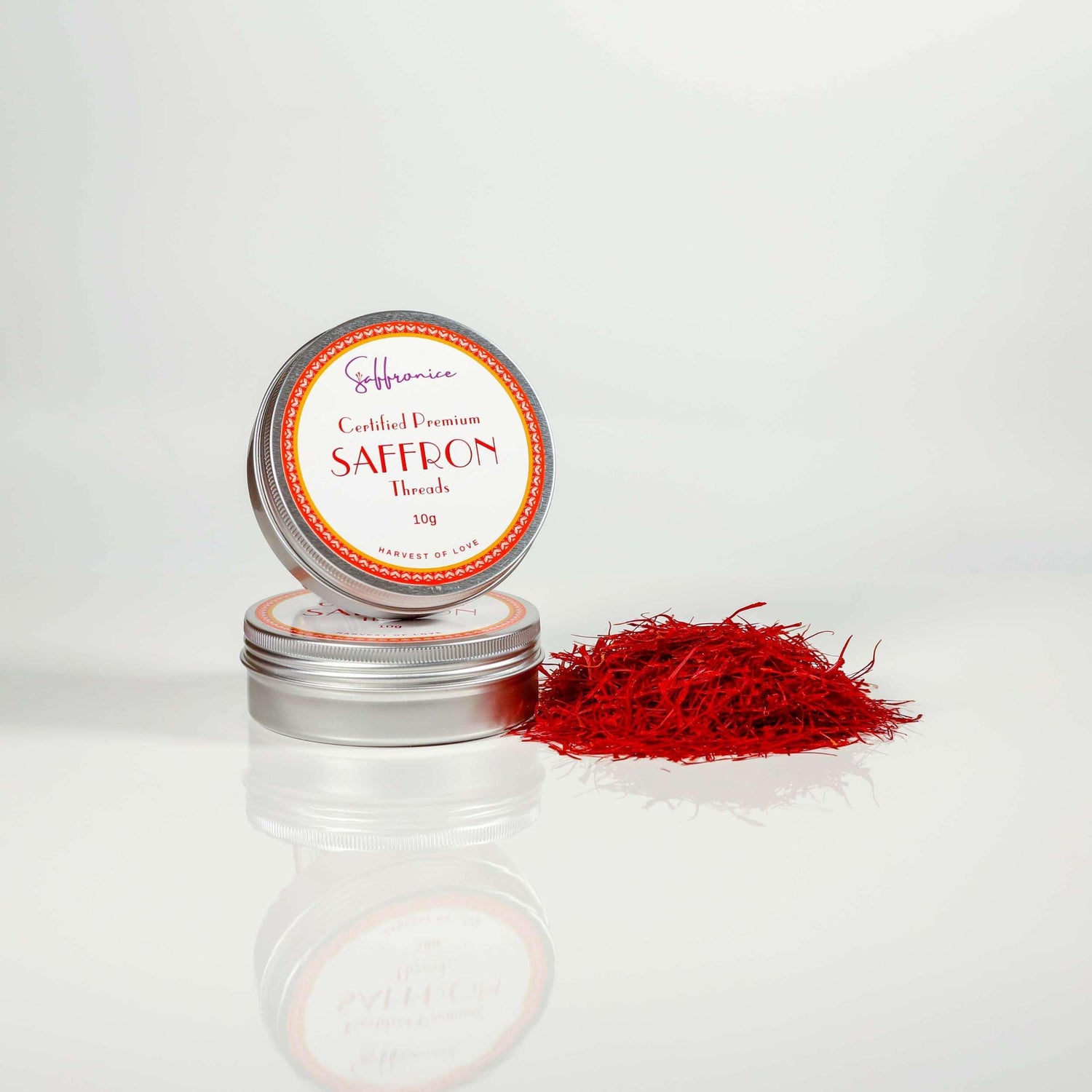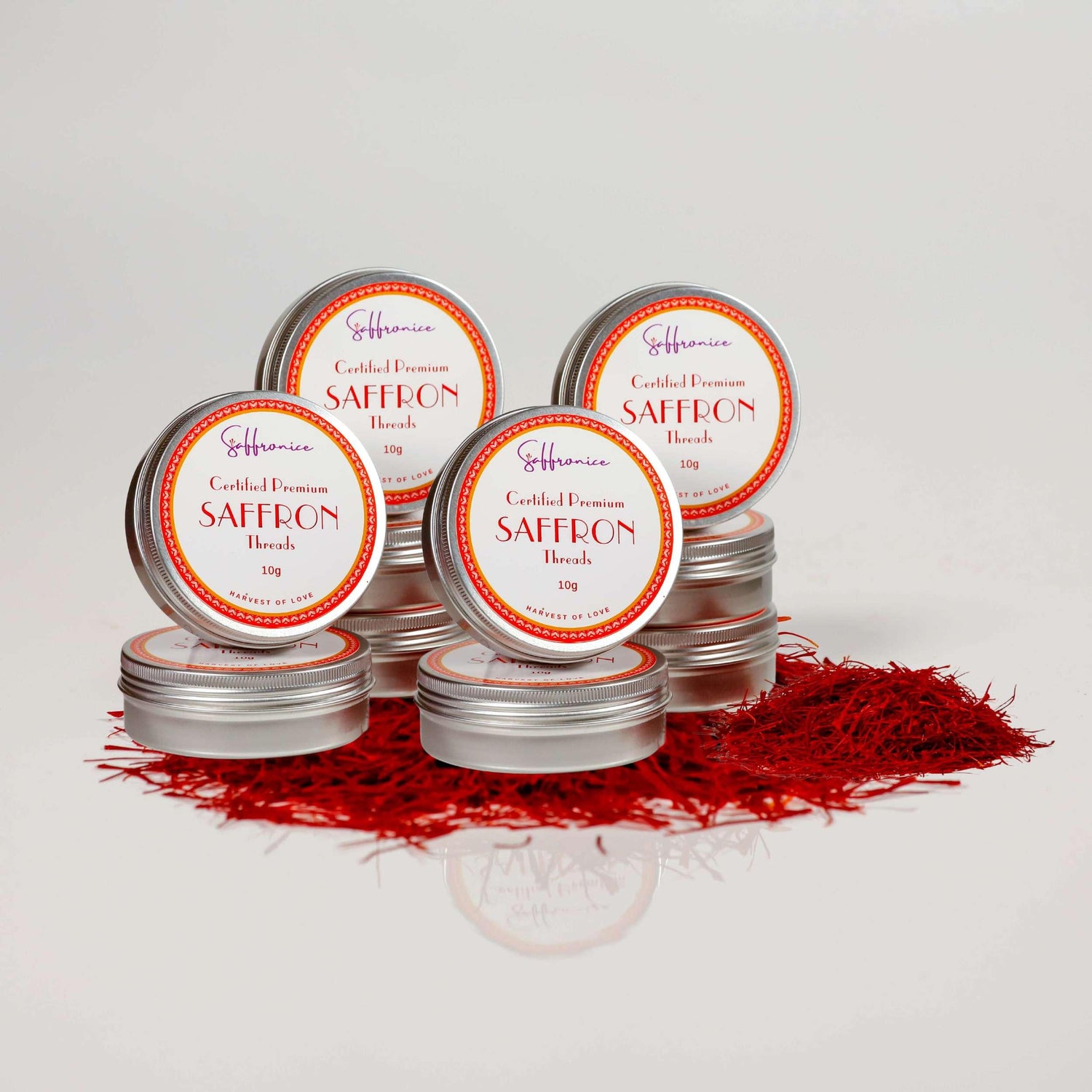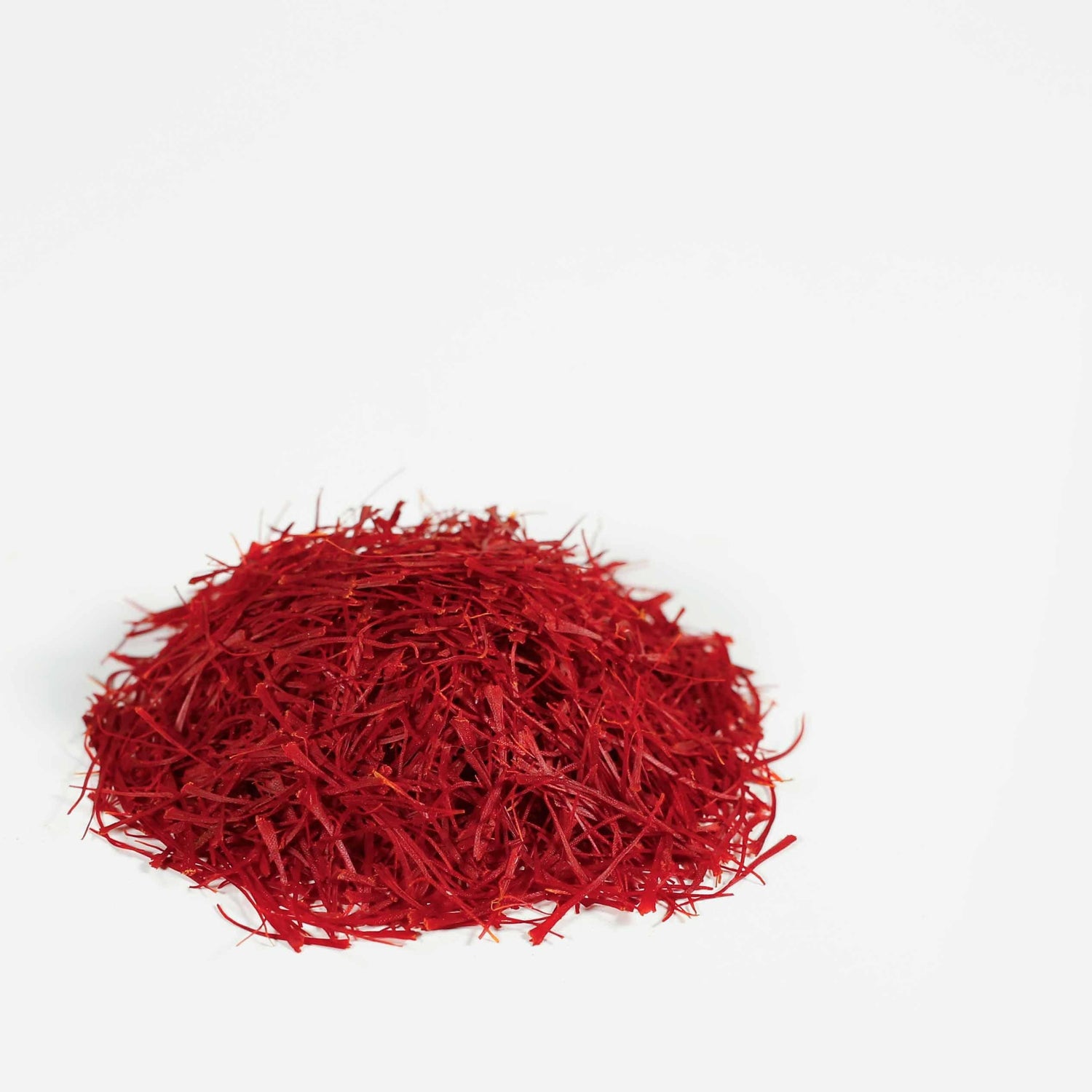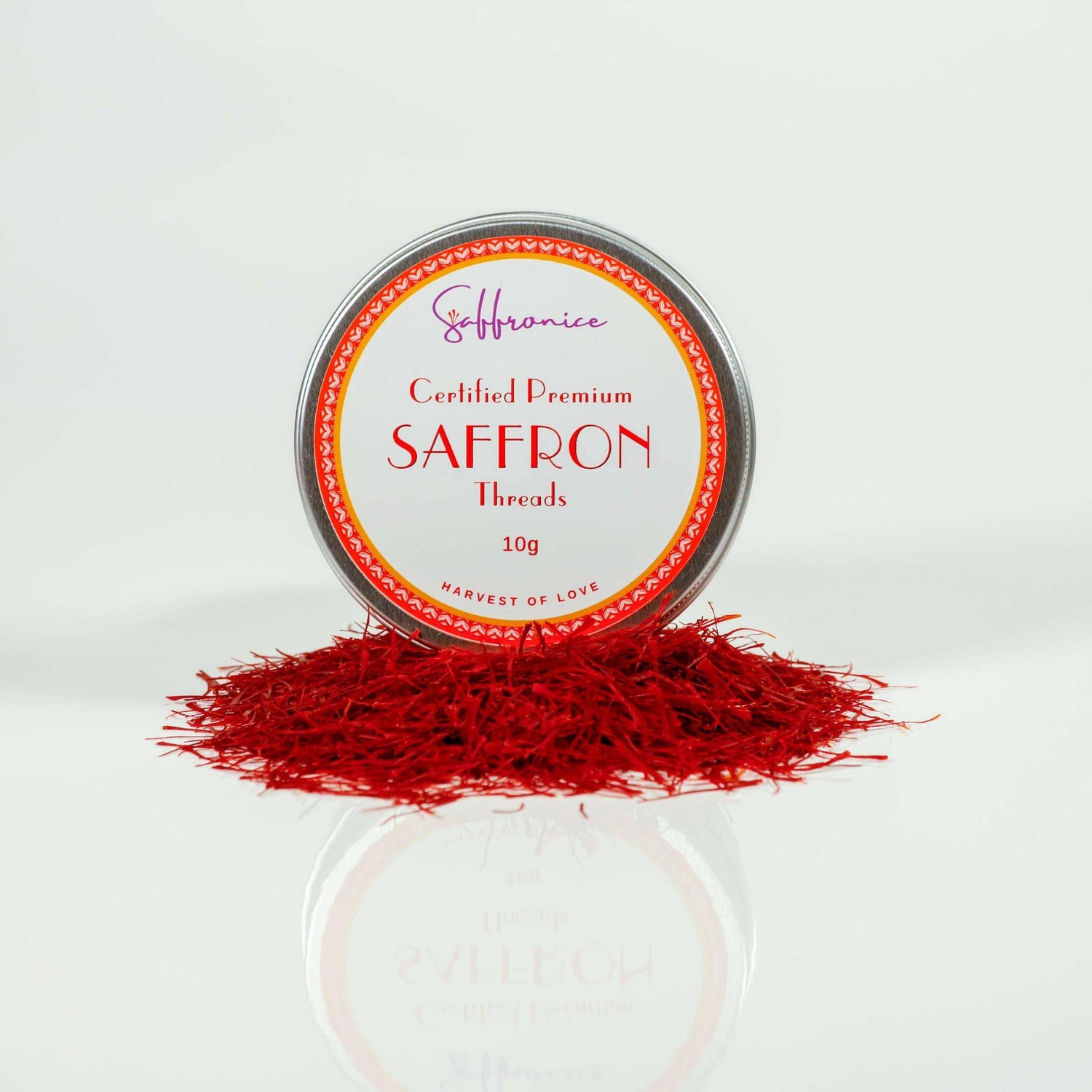The Sacred Saffron Bulbs of Rostaye Ghol (The Village of Flowers)
Discover the sacredness of saffron in the remote village of Rostaye Ghol, nestled in Iran's Khorasan region. With a deep-rooted tradition in saffron cultivation, the locals go to great lengths to protect their precious heirloom saffron bulbs. In this article, we delve into the world of saffron bulbs, the significance they hold, and how understanding their cultivation can benefit saffron buyers worldwide.

The Unique Cultivation of Saffron Bulbs: A Legacy of Quality
Saffron's exceptional value lies in its unique growth process. Unlike wild plants, saffron crocus must be cultivated from bulbs that are carefully preserved from year to year. Each plant is essentially a clone, and the quality of saffron depends on the quality of the bulb. Saffron thrives in only a handful of locations worldwide due to specific soil, water, and air conditions. Consequently, saffron bulbs hold immense commercial value, particularly in regions suitable for large-scale farming. To protect their heritage and prevent agribusiness interference, small-batch producers guard their family treasures zealously.

Adapting to the Environment: The Genetic Imprint of Saffron Bulbs
Saffron bulbs are deeply influenced by their cultivation environment. Years of cultivation in a specific climate have imprinted unique traits in their DNA. For example, South Khorasan saffron bulbs have adapted genetically to the southern part of Khorasan, where mild winters, hot, dry summers, and specific soil conditions prevail. Few places on Earth share a similar climate, which poses challenges when attempting to grow these bulbs elsewhere. If smuggled bulbs are planted in climates significantly different from their natural habitat, the result is either inferior saffron or the need for genetically modified methods. Buyers seeking potent, high-quality saffron for culinary delights or health benefits risk disappointment with saffron grown far from its natural environment or potentially encountering GMO-produced saffron.

Challenges in Modern Saffron Farming: Environmental and Industrial Impacts
While saffron has been cultivated in various parts of the world, modern realities pose challenges to farmers. For instance, India's rapidly industrializing economy and insufficient government regulation have led to ecological problems impacting saffron production. Large-scale farming and industrial techniques, often relying on chemical fertilizers and pesticides, have contaminated arable land and groundwater. This situation compromises the purity and quality of saffron, even for traditional farmers. Iran, with its strong focus on preserving traditional saffron farming, continues to dominate the saffron production market.

Saffronice: Upholding Tradition in Modern Saffron Production
Saffronice sets itself apart by sourcing Pure Saffron exclusively from a select few family farms in Middle East region. These farms adhere to strict standards and eschew industrial farming and middlemen. A team of food and nutrition scientists supervises every aspect of saffron production to ensure the highest quality. The farmers employ traditional methods, using heritage bulbs and organic animal fertilizers while cultivating and harvesting by hand. The saffron is air-dried without artificial heat or dehydration machines, resulting in a rich, flavorful product that exceeds ISO standards by up to 20%-30% in lab tests.

Preserving Quality and Tradition in Saffron Purchasing
Understanding the value of saffron bulbs and their relationship with the environment is crucial for saffron buyers worldwide. By appreciating the significance of saffron bulbs from specific regions and supporting trusted sources like Saffronice, buyers can ensure they receive the finest quality saffron while upholding traditional cultivation practices. Choose saffron grown with care and respect for the environment to savor its remarkable flavor and reap its numerous benefits.
Saffron Farming related articles.


